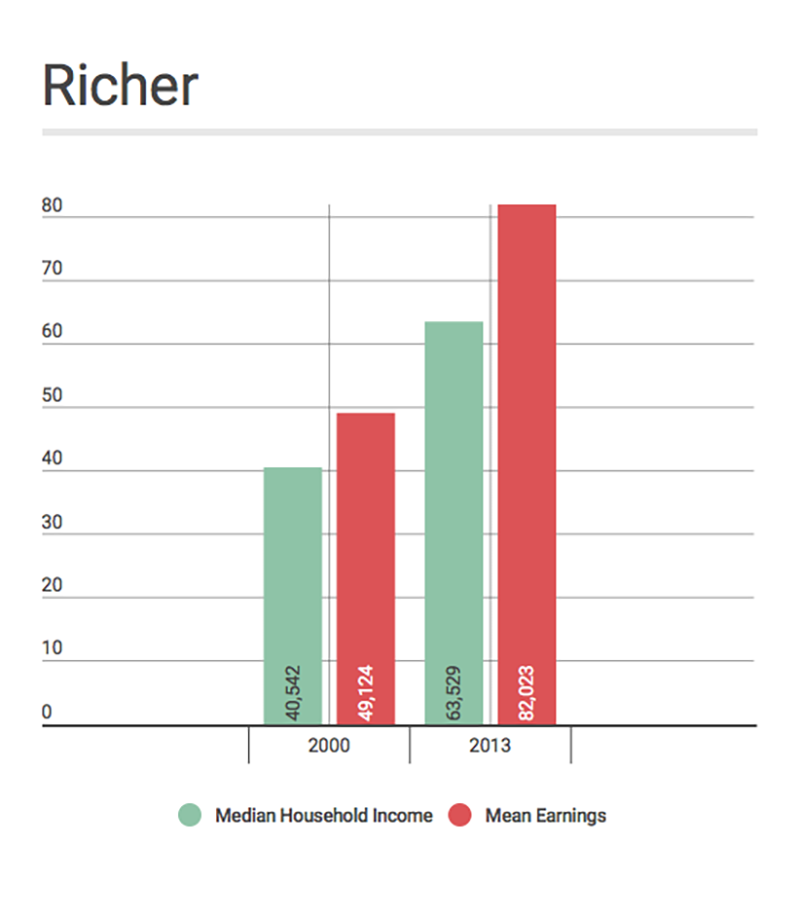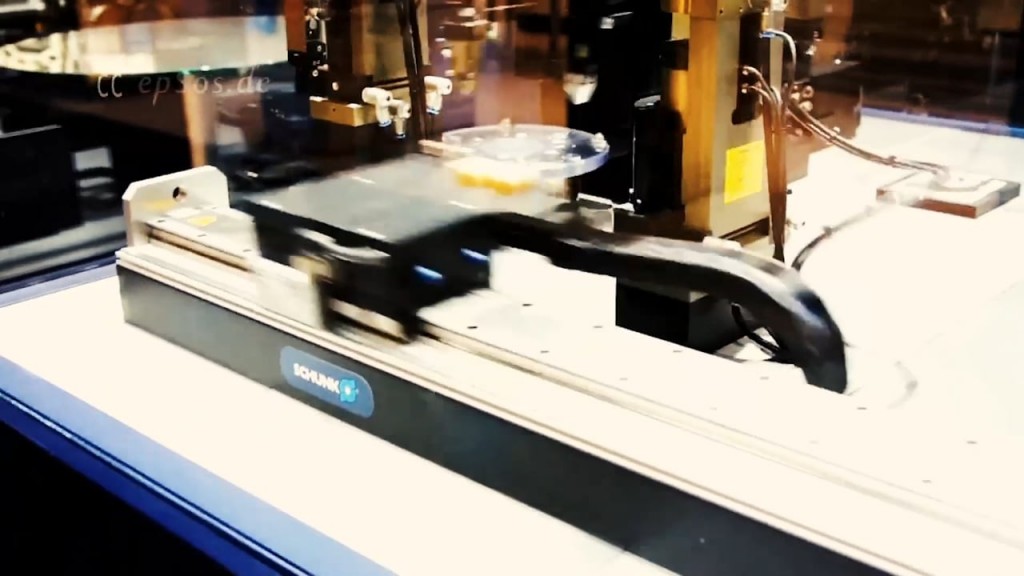By Ryan Donohue
Harvey Gregory, 65, sits with his wife Jessica in his man cave, decorated in shades of beige and brown featuring copious bird figurines. Meanwhile, real birds chirp happily outside the window, eating from the several feeders hanging outside. They fly back and forth as the sunlight dims, lazily illuminating the back of SUNY New Paltz’s Humanities building across the street.
The Gregorys’ have been nestled in their white house on the corner of Mohonk Avenue for over 40 years watching as college students hurry to class in Van Den Berg Hall, originally the Campus Practice School which Mr. Gregory attended some 50 years ago.
Gregory has lived in New Paltz his whole life, from growing up in his grandmother’s house on Elting Avenue to moving back with his wife in 1974. Like the birds he feeds, Gregory flew back to his nest to raise his two children and educate at Valley Central High School in Montgomery with his wife. He has watched his town slowly change: his grandfather’s pharmacy became a café and the lumberyard where his father worked and died on became Water Street Market.
But more than just buildings, Gregory has witnessed his home transform from a quiet, one-horse village where everyone knew your name to a “Hippie land” to, more recently, a town of “Yuppies.”
“To live in New Paltz, I’m sorry, is not cheap,” he said.
Gregory’s words reflect the concerns of many in New Paltz, a small town that has changed drastically in not only the last fifty years but the last fifteen. New Paltz has witnessed an increase in income and senior citizens while experiencing a loss in diversity.
According to the American Fact Finder files, the 2000 census reported a median household income at $40,542 and mean earnings at $49,124 while in 2013 it was estimated that those numbers had grown to $63,529 and $82,023. That’s a respective difference of $22,987 and $32,899 in median household income and mean income. To put it in layman terms, New Paltz citizens are richer. But not everyone is buying it.
“I find that real hard to believe,” said Town Supervisor Susan Zimet, “It’s not that the people of New Paltz are doing better, that’s for sure.” Zimet, who has served as supervisor since 2012, believes that it’s the influx of corporate, professional, and transient workers moving to New Paltz that has changed the demographic. According to her, the new population has emerged because they are the only ones who can afford the taxes while long-time residents often face foreclosure.
She’s not the only one.
“We also have a unique community because we have a lot of tax-exempt land,” said Anne Berkley, a clerk in the supervisor’s office and a professor for the SUNY’s math department.
The 148 tax-exempt properties in New Paltz include: the entire SUNY campus, 80 religious buildings, 28 local government buildings, and several tax credited historical sites. Berkley holds this as the reason school taxes are especially high while Zimet believes that increased policing to accommodate the SUNY students are also to blame. Either way, both support the claim that taxes are forcing old residents out and letting new landlords and wealthy people in.
New Paltz may be older, richer, and whiter than it was fifteen years ago but it’s also clear that the common reason for this change is high taxes.

RICHER
According to the American Fact Finder files, the 2000 census reported a median household income at $40,542 and mean earnings at $49,124 while in 2013 it was estimated that those numbers had grown to $63,529 and $82,023. That’s a respective difference of $22,987 and $32,899 in median household income and mean income. To put it in layman terms, New Paltz citizens are richer. But not everyone is buying it.
OLDER
The senior population has also increased in the last fifteen years by almost five percent. By 2013 there were 1,957 people over the age of 65, which accounts for 14 percent of the total population (14,059). The senior population of the village of New Paltz alone has more than doubled.
According to Cornell University’s Hudson Valley Pattern for Progress study, while the total population of the Hudson Valley is expected to increase by 5.9 percent by 2040, the 80 plus population is estimated to increase by 54.6 percent. Not only is New Paltz witnessing a major growth in senior citizens but the whole Hudson Valley should expect to see a huge senior community in the coming years.
WHITER
While the total population of New Paltz has increased by about 1,200 residents, there are almost 1,800 more white people.
Whites have increased by 5.6 percent to a staggering 87.8 percent of New Paltz from 2000 to 2013.
This means that not only did white people account for all of the new citizens added but also replaced the losses in minority groups like Blacks and Asians.
The senior population has also increased in the last fifteen years by almost five percent. By 2013 there were 1,957 people over the age of 65, which accounts for 14 percent of the total population (14,059). The senior population of the village of New Paltz alone has more than doubled.
“‘Why move? My house is paid for.’ So they stay,” said Gregory, explaining the thought pattern for his fellow local seniors. They might be staying in town but not all local seniors choose to keep their property like Gregory and his wife.
Woodland Pond is a retirement community serving the town of New Paltz since opening in 2008. Many local seniors have opted to retire at this luxurious haven then stay in their homes and face the monstrous annual tax bills.
“It is a nice place to retire and we have great transportation,” said Carol Johnson, a historian at Elting Library, “Woodland Pond gives them [seniors] an opportunity to stay here.”
However, Woodland Pond does not only cater to aging townies but also to seniors from surrounding counties in the Hudson Valley. This should come as no surprise, as New Paltz is not the only town with a growing senior community.
According to Cornell University’s Hudson Valley Pattern for Progress study, while the total population of the Hudson Valley is expected to increase by 5.9 percent by 2040, the 80 plus population is estimated to increase by 54.6 percent. Not only is New Paltz witnessing a major growth in senior citizens but the whole Hudson Valley should expect to see a huge senior community in the coming years.
While the total population of New Paltz has increased by about 1,200 residents, there are almost 1,800 more white people. Whites have increased by 5.6 percent to a staggering 87.8 percent of New Paltz from 2000 to 2013. This means that not only did white people account for all of the new citizens added but also replaced the losses in minority groups like Blacks and Asians.
Adjunct communications professor and director of student accounts Niza Cardona says her child, now 20, felt the effects of growing up in a majority white New Paltz after moving here 15 years ago.
“[She was] always trying to straighten her hair, trying to compare herself to the mainstream,” said Cardona about her half Mexican and half Puerto Rican daughter, Teohua. To challenge this, “I immersed her in our culture at home and with family and she didn’t lose sight of this,” Cardona said.
Cardona said she believes that the lack of diversity stems from high prices and especially high taxes in New Paltz. But she thinks the price was worth it to provide her daughter with a great public education.
New Paltz may be older, richer, and whiter than it was fifteen years ago but it’s also clear that the common reason for this change is high taxes. The school budget of the 2015 school year passed at a grand total of $52.9 million. Superintendent Maria Rice was unavailable for comment. We can only wait and see if this quickly growing small town will change its tax policies and how this choice will affect New Paltz in another fifteen years.
